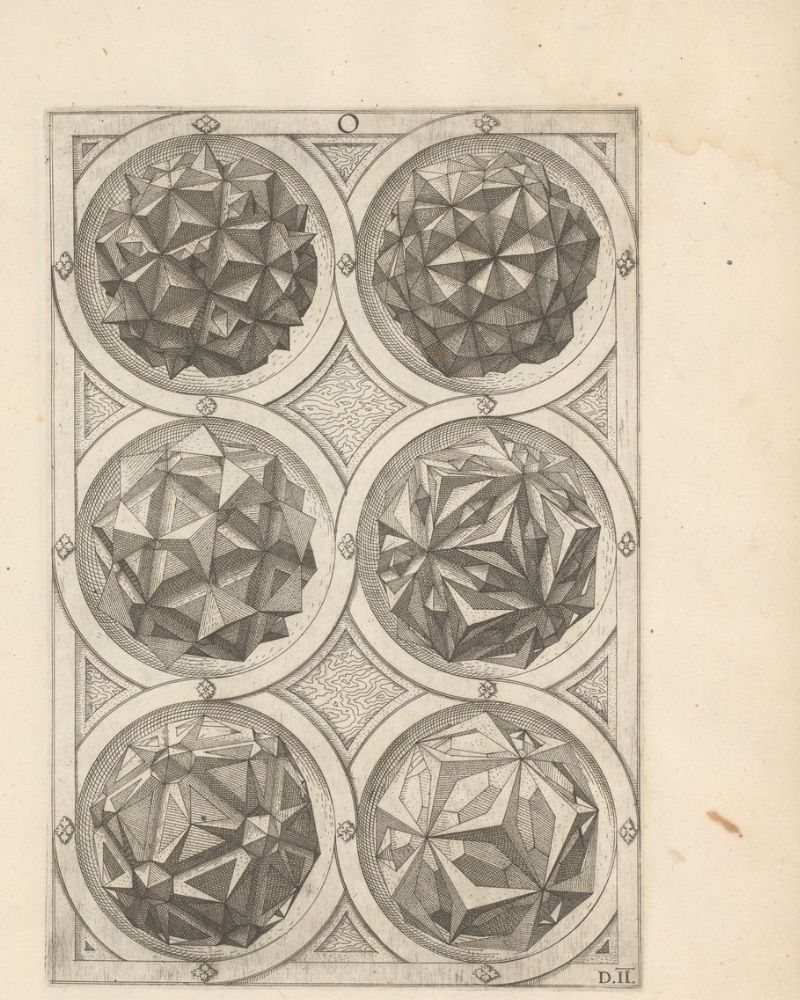The Fascinating Origins of Origami: A Journey Through Time

Origami, the intricate art of paper folding, is often associated with Japanese culture, but its origins are far more diverse and complex. This timeless craft has evolved over centuries, blending tradition, creativity, and mathematical precision. While modern origami is a global phenomenon, its history traces back to multiple civilizations, each contributing to its development.
The Birth of Paper and Early Folding Traditions
The story of origami begins with the invention of paper in China around 105 CE by Cai Lun, a court official during the Han Dynasty. Early Chinese cultures used paper for various purposes, including writing, religious rituals, and decoration. It is believed that paper folding began in China soon after paper’s invention, although these early folds were likely simple and primarily used for ceremonial purposes.
By the 6th century, Buddhist monks brought paper to Japan, where it became an essential part of Japanese culture. Since paper was initially rare and expensive, its use was reserved for religious and formal occasions. One of the earliest recorded uses of paper folding in Japan was in Shinto rituals, where folded paper, called “gohei,” was used as sacred offerings.
The Evolution of Origami in Japan
Japan is where origami truly flourished and became an artistic and cultural tradition. The term “origami” comes from the Japanese words “oru” (to fold) and “kami” (paper). While the term was popularized in the 19th century, the practice had existed for centuries under different names.
During the Heian period (794–1185), paper folding became a part of the noble class’s etiquette. Folded paper was used in ceremonial events, including weddings, where paper butterflies, called “Ocho” and “Mecho,” symbolized the bride and groom. In the Edo period (1603–1868), origami became more accessible to the public as paper production increased and became cheaper. This led to the creation of many traditional designs, including the famous origami crane (orizuru), which became a symbol of peace and longevity.
By the 18th century, the first known book on origami, “Hiden Senbazuru Orikata” (The Secret to Folding One Thousand Cranes), was published in Japan in 1797. This book documented how to fold a thousand cranes, emphasizing origami’s deep cultural and spiritual significance.
Origami’s Connection to Other Cultures
Although Japan played a crucial role in developing origami, Europe also had its own paper-folding traditions. In Spain, the Moors brought paper-making techniques in the 12th century, which later influenced the development of “papiroflexia” (the Spanish equivalent of origami). Spanish folders developed simple yet elegant designs, and by the 19th century, these techniques spread across Europe.
In Germany, paper folding was used in kindergartens as part of early education, thanks to Friedrich Fröbel, the creator of the kindergarten system. Fröbel’s educational philosophy emphasized creativity and hands-on learning, making origami a key teaching tool in schools.
The Modern Evolution of Origami
The 20th century saw origami transform from a cultural tradition into a global art form. One of the most influential figures in modern origami was Akira Yoshizawa (1911–2005), often called the “grandmaster of origami.” He developed the wet-folding technique, allowing for more lifelike and expressive models. Yoshizawa also created the universal diagramming system, making it easier to share origami designs worldwide.
Today, origami has expanded beyond traditional paper folding. It is now used in mathematics, engineering, architecture, and even space exploration. Scientists study origami principles to design foldable solar panels, medical devices, and even robotic structures.
From ancient Chinese rituals to modern scientific applications, origami has traveled through time, evolving into a sophisticated and respected art form. While Japan is credited with refining and popularizing origami, its roots extend to multiple cultures, each contributing to its rich history. Whether as a symbol of peace, a form of artistic expression, or a tool for innovation, origami continues to inspire people across the world.